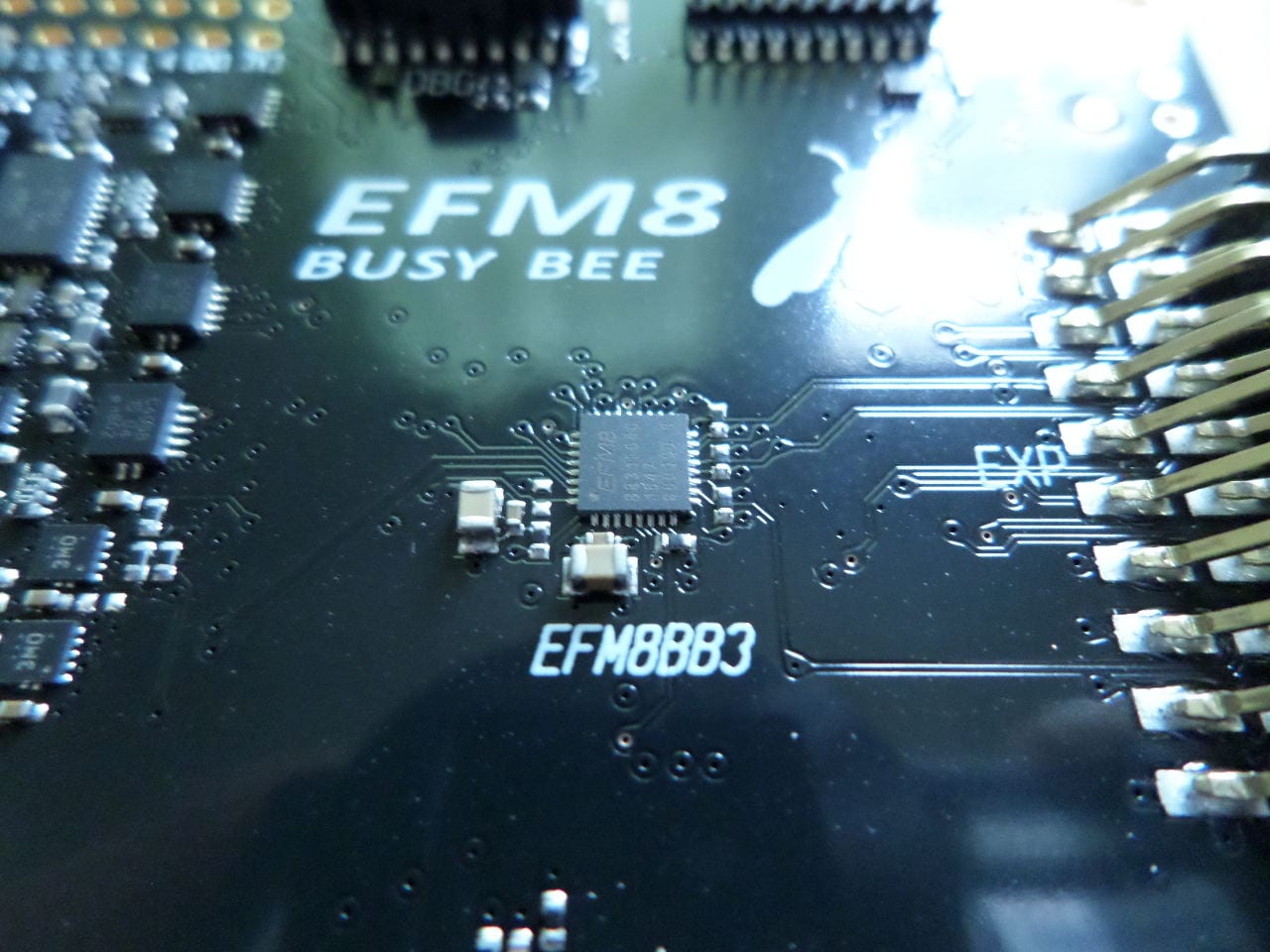Analog to digital conversion is the process whereby an analog signal is converted to a digital one. This is done using a device called an analog to digital converter (ADC).
An analog to digital converter periodically takes voltage samples of an analog signal (for example: a battery’s voltage), and then converts that to a digital representation: which is a number between 0 and 1023 if it is a 10-bit ADC.
An ADC can be 10-bit, 12-bit, and the list goes on. The number of bits is referred to as the resolution of the analog to digital converter. A higher resolution can be used to obtain more precise voltage measurements.
That being said, an analog to digital converter’s purpose isn’t strictly to measure voltage. Voltage measurements are often used as a means to quantify a different metric — such as a temperature reading.
A temperature reading can be obtained by connecting a thermistor to an ADC. The thermistor will increase or decrease the voltage across the ADC’s input pins based on its resistance, and its resistance follows its temperature.
You would have to calculate what temperature each ADC reading corresponds to. Other common applications of analog to digital converters include but are not limited to pressure sensors, light sensors, humidity sensors, and velocity sensors (although these don’t have to use ADCs).
An analog to digital converter can be a standalone device or it could be integrated into another integrated circuit (IC) such as a microcontroller (MCU). Common examples of microcontrollers containing ADCs are Arduino, 8051, TMS570, and MSP430 models.
ADCs that are integrated into microcontrollers are highly convenient because those microcontrollers usually have a serial communications interface (SCI, SPI, UART) that can relay ADC readings to your computer or another device for easy monitoring and logging.
Those microcontrollers typically have PWM and other useful peripherals as well. PWM can be used in this case to regulate the speed of a fan based on temperature readings from a thermistor, or to regulate the flow rate of a fuel pump based on the position of your gas pedal.







